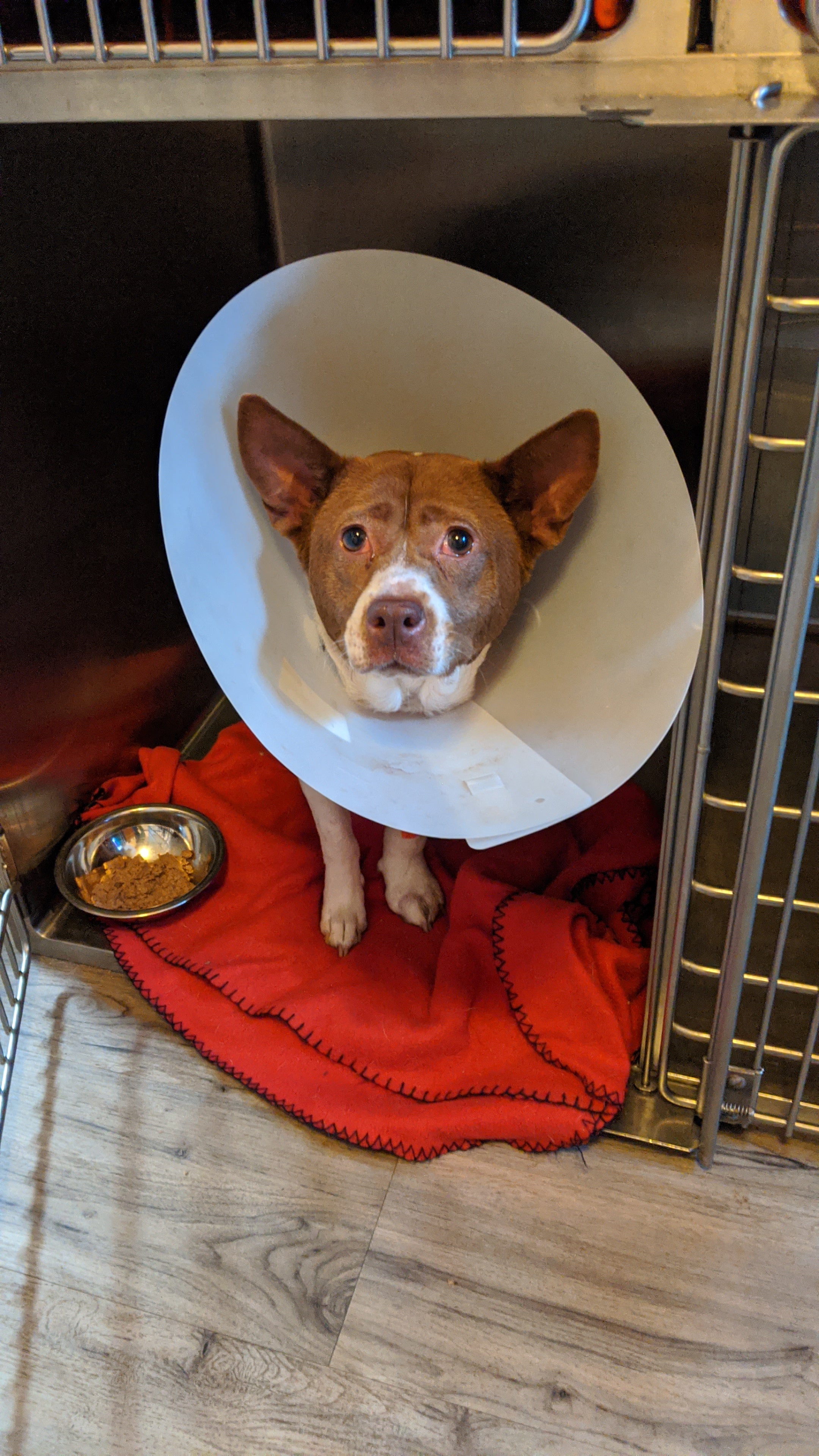Keeping you and your family safe in, around water
Published 10:00 pm Thursday, June 16, 2016
Even though the subject of this week’s column doesn’t involve exercise or nutrition, it definitely has to do with one’s well-being.
As a water safety instructor for the American Red Cross, I have taught water safety and swimming, and certified lifeguards, so the subject of water safety is an area with which I’m very familiar.
In the United States, 50 percent of the people who drown each year never even intended to get in the water in the first place. Also, nearly 1,000 children drown every year.
It’s crucial to learn how to keep you and your family safe in and around water. This is called “water proofing.”
Kids need constant supervision. Young children can drown in just two inches of water. This means that extreme care should be taken not just in swimming pools, but also in bathtubs, sinks, wading pools, fountains, toilets, buckets, even ditches filled with rainwater.
Make no mistake! Drowning can occur very quickly, so never let children out of your sight for even a few seconds. I once had to jump off a second story balcony to rescue a five year old whose mother took her eyes off him for just a few seconds.
Make sure you teach your kids to swim early on. Even children over one year should learn. Make sure your kids are taught by qualified instructors.
All kids should be constantly supervised, no matter what their skill level. Infants and small children should have an adult within arms reach. This is called “touch supervision.”
Make sure your kids have Coast Guard-approved flotation devices (life vests) on whenever they are not just in, but near water. Make sure the vest has a strap that fits down between the legs, and has a collar to keep the child’s head up, and his face out of the water.
All swimmers regardless of age or skill level should swim with a buddy, whether you’re in a lake or a pool. There have been many good swimmers – even lifeguards – who have drowned, because they got overconfident, and got into trouble in the water.
Also, remember, it only takes a teaspoon of water in the lungs to drown you.
I recommend swimmers take lifesaving classes. Know your limits. Swimming in a lake, river or ocean is not the same as swimming in a pool, because you have to account for the moving currents. This takes more of your energy.
If you find yourself in the water unexpectedly, or if you get in trouble in the water, don’t panic. If you relax your muscles, you’ll float much easier. If you tense up, you’ll tend to sink. Also, if you panic, you will run out of air faster.
If you find yourself in a current, swim with, not against, the current, and then gradually try to make it back to shore, going with the current.
One condition I would like to mention is one many folks have never even heard of. It’s called “dry drowning.” Dry drowning occurs when a person’s lungs are unable to take in oxygen, due to breathing in a very small amount of water.
While the water prevents the lungs from oxygenating the blood, the heart does not slow down, so the person can still walk and talk, but then later die from lack of oxygen.
Sometimes with dry drowning the larynx goes into spasms, called a laryngospasm. This also deprives the victim of oxygen. A sudden change in a person’s mood or personality, energy level, agitation, sleepiness, vomiting, involuntary defecation, or extreme lethargy may be a sign of oxygen deprivation. If any of these signs are observed get medical help immediately.
Diet or exercise question? Email me at dwcrocker77@gmail.com. David Crocker of Landrum has been a nutritionist and master personal trainer for 29 years. He served as strength director of the Spartanburg Y.M.C.A., head strength coach for the USC Upstate baseball team, the S.C. state champion girls gymnastic team, and the Converse College equestrian team. He served as a water safety instructor to the United States Marine Corps, lead trainer to L.H. Fields modeling agency, and taught for four semesters at USC Union. David was also a regular guest of the Pam Stone radio show.





